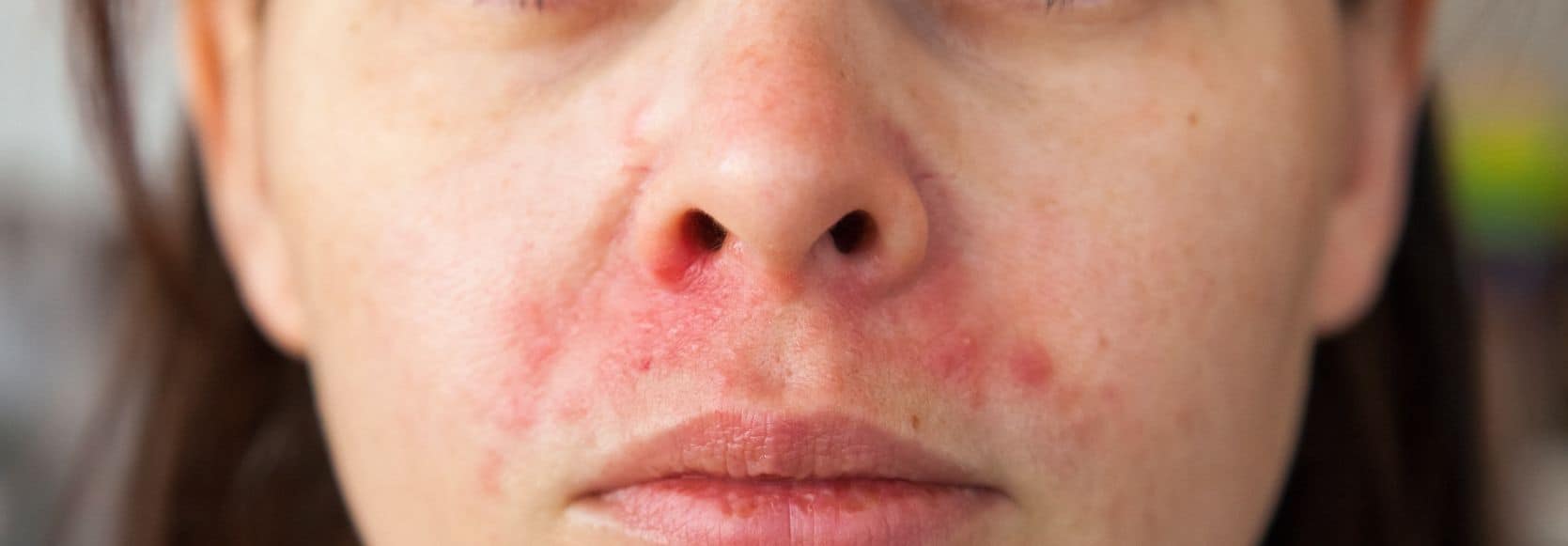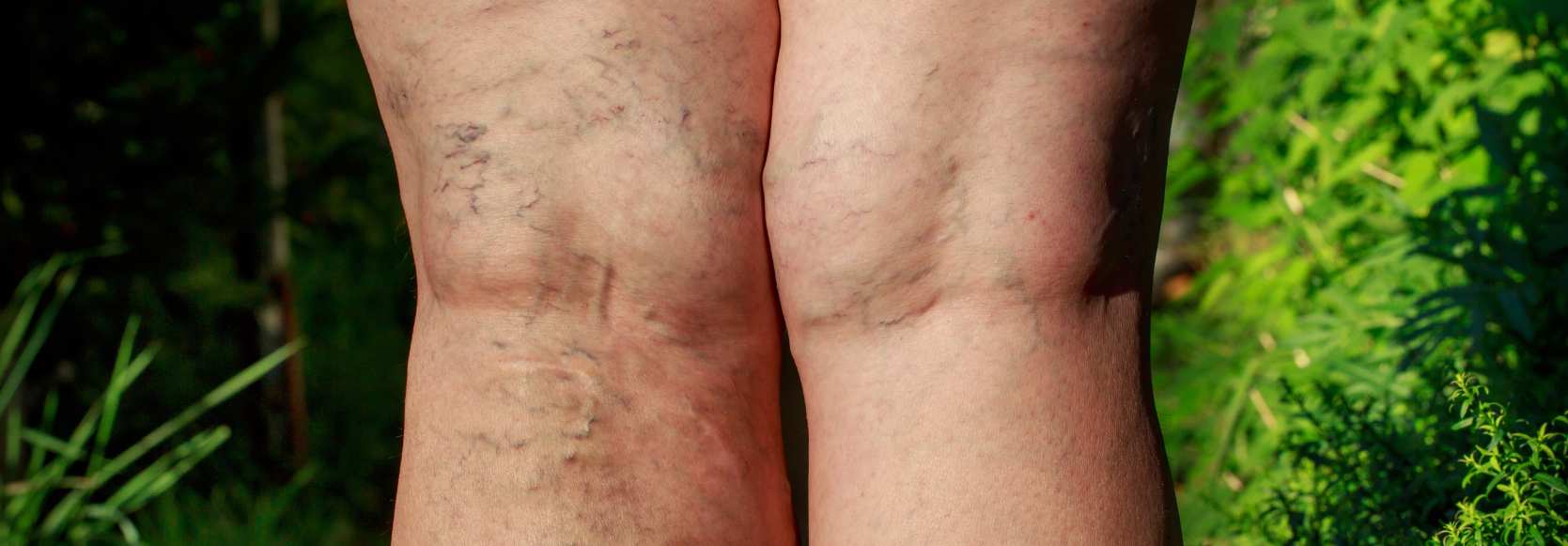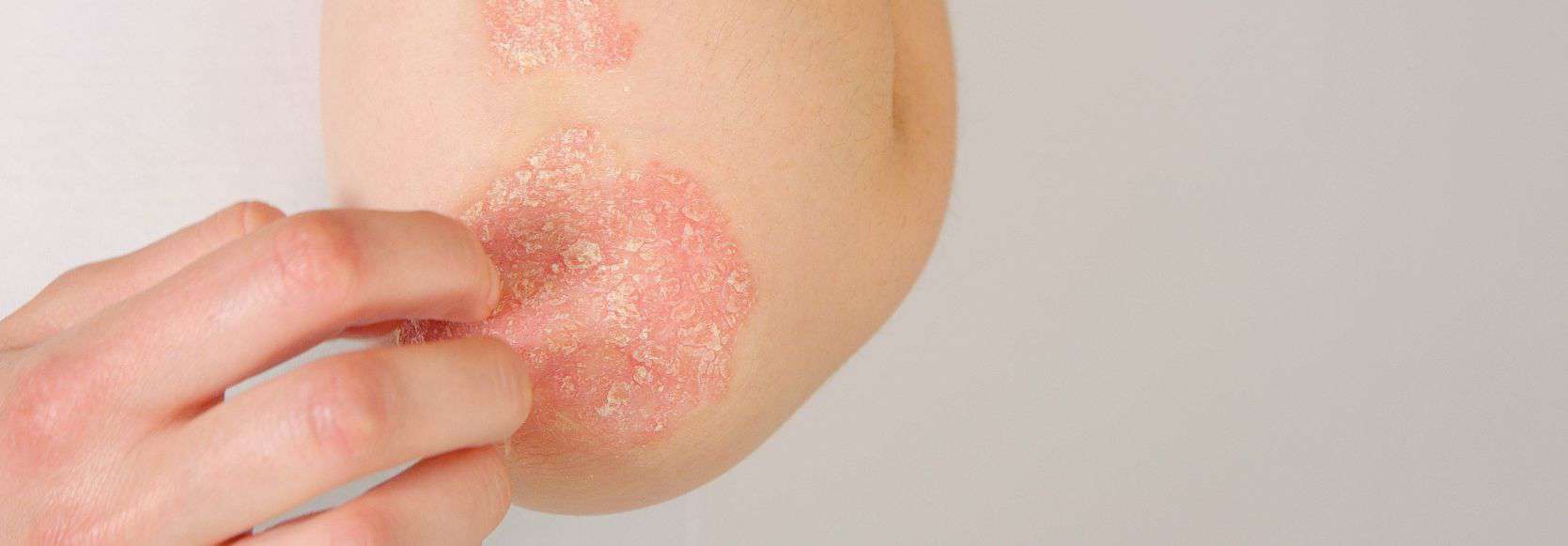Welcoming the Change: From Summer to Autumn Skincare
As you pack away your summer wardrobe and bring out cosy autumn layers, your skin also undergoes a significant shift. Cooler, drier air and indoor heating can leave your skin feeling tight and dehydrated. It’s essential to understand how seasonal changes affect your skin, as it may produce less oil compared to the summer months, which can sometimes lead to skin issues. That’s why adapting your skincare routine to suit the season is so important.
In this guide, we’ll explore common skin problems that tend to flare up during autumn, how to identify them and most importantly, how to keep your skin happy and healthy. From managing acne to dealing with rosacea, we’ve got you covered!
Common Skin Challenges in Autumn
Acne Breakouts
Autumn can be a tricky time for those prone to acne. Dry air combined with indoor heating can lead to blocked pores and breakouts. Hormonal changes and seasonal stress can also worsen the situation. To help manage acne, use a gentle cleanser and consider adding products with salicylic acid or benzoyl peroxide. Including foods rich in antioxidants and omega-3 fatty acids in your diet can also help reduce inflammation and promote healthier skin.
Eczema (Atopic Dermatitis)
Eczema symptoms can worsen during autumn as dry, cold air and indoor heating can make the skin itchy and uncomfortable. Use unscented, hypoallergenic moisturisers and identify potential triggers, such as harsh soaps or certain fabrics, to prevent flare-ups.
Psoriasis and Scalp Psoriasis
Autumn can be especially challenging for those with psoriasis. The lack of sunlight and dry air can lead to flare-ups and make scalp psoriasis itchier and flakier. Regular moisturising, managing stress and incorporating omega-3 fatty acids into your diet can be beneficial.
Rosacea
Fluctuating temperatures during autumn can trigger rosacea flare-ups. Protect your skin by using gentle, hydrating products and avoiding known triggers like spicy food, hot drinks and overexposure to sunlight.
Hives and Cold Urticaria
Cold weather can trigger hives and cold urticaria for some people. Antihistamines may help alleviate symptoms, but if the problem persists, it’s best to consult a healthcare professional.
Contact Dermatitis
The change in season can sometimes cause contact dermatitis, especially for those with sensitive skin. Be mindful of potential irritants like wool, nickel in clothing accessories, or harsh ingredients in skincare products.
Top Tips for Autumn Skincare
Prioritising Moisturisation and Choosing the Right Products
Managing Indoor Heating’s Effects on Skin
Sun Protection Isn’t Just for Summer
Healthy Eating and Staying Hydrated
Seek Professional Advice
If your skin problems persist or worsen during autumn, it’s wise to consult a dermatologist. They can provide tailored advice and treatments to keep your skin glowing all season long. Embrace autumn’s stunning colours and crisp air, but don’t forget to give your skin the extra care it needs. With a few simple tweaks to your routine, you can keep your skin radiant and healthy right through the season!




